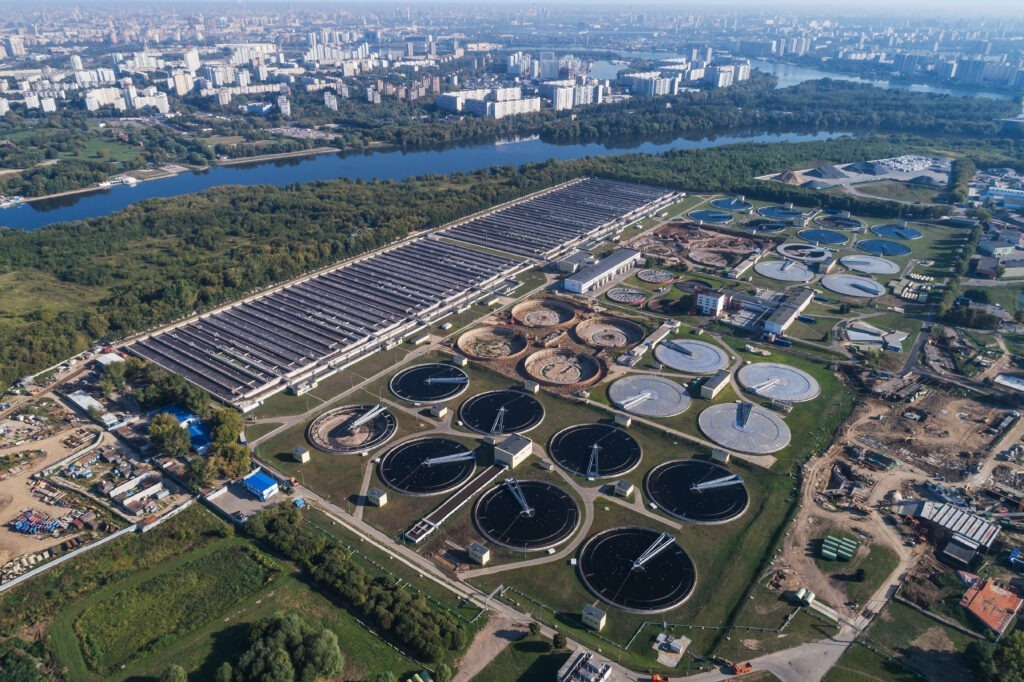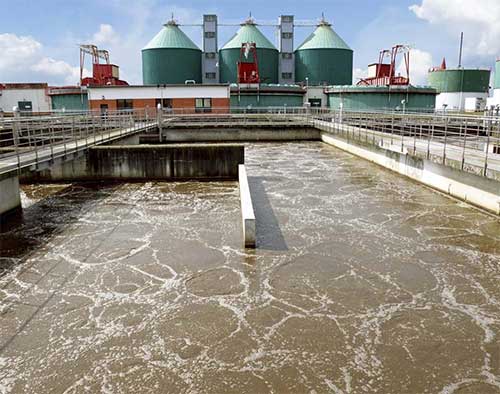What is Wastewater Treatment Plants
Wastewater treatment plants (WWTPs) play a pivotal role in protecting public health, the environment, and the water resources we depend on every day.Wastewater refers to any water that is contaminated by the domestic, commercial, and industrial use. In a world where industrialization and urbanization are rapidly growing, the management of wastewater has become more critical than ever. But what exactly is a wastewater treatment plant, and how does it work to keep our water clean and safe?
In this blog post, we’ll dive into the basics of wastewater treatment plants, their importance, and the steps involved in transforming wastewater into clean, reusable water.
Wastewater Treatment Plant Manufacturer
What is a Wastewater Treatment Plant?
A wastewater treatment plant is a facility designed to treat and process sewage and wastewater before it is released back into the environment or reused. Untreated wastewater contains mostly water by volume. It also contains numerous impurities that make the water unsafe for reuse or to discharge back into the environment.
Wastewater can come from a variety of sources, including:
- Residential homes: Water from toilets, showers, kitchens, and washing machines.
- Industrial processes: Water contaminated by chemicals, oils, and waste products.
- Commercial establishments: Water from businesses like restaurants, hospitals, and factories.
- Stormwater runoff: Rainwater that collects pollutants as it flows over streets and urban landscapes.
The primary goal of a wastewater treatment plant is to remove harmful pollutants and contaminants from the water, making it safe to be discharged into rivers, lakes, or oceans or, in some cases, suitable for reuse in agriculture, industry, or even as potable water after further treatment. This process aims to return this resource to the water cycle, either by discharging it into watercourses or reusing it in activities such as agriculture.
Why Are Wastewater Treatment Plants Important?
Water is the essential source of human lives, without water we cannot survive on this earth. Worldwide, however, the practice of treating wastewater is not as common. According to the United Nations, about 80% of the world’s wastewater is untreated when it returns to the environment. Wastewater treatment plants are essential for several reasons:
- Health Protection: Untreated or poorly treated wastewater can contain harmful pathogens, chemicals, and other contaminants that can lead to waterborne diseases, pollution, and health problems. Treatment plants eliminate these dangers by thoroughly cleaning the water.
- Environmental Conservation: Discharging untreated wastewater into natural water bodies can cause significant damage to ecosystems, polluting rivers, lakes, and oceans. Wastewater treatment helps protect wildlife and aquatic life by ensuring that harmful pollutants are removed before discharge.
- Water Recycling: In many regions, water scarcity is a growing concern. Wastewater treatment allows for the possibility of recycling and reusing water, reducing the pressure on natural water sources and helping with sustainability efforts.
- Compliance with Regulations: Governments and environmental agencies set strict water quality standards. Wastewater treatment plants are necessary to ensure that wastewater meets these standards and that industries and municipalities comply with local environmental laws.
How Do Wastewater Treatment Plants Work?
Wastewater treatment plants typically employ a series of processes to treat wastewater. These processes can vary based on the size of the plant, the type of wastewater, and the local environmental standards, but the general treatment stages are quite similar across most systems.
1. Preliminary Treatment
The first step in the treatment process is the removal of large debris, such as sticks, plastic, trash, and other solids. This is typically achieved through screens or filters. This stage helps protect pumps and other equipment from damage and prepares the wastewater for the next treatment phases.
2. Primary Treatment
In the primary treatment stage, the wastewater is directed into large tanks where it slows down, allowing solid particles (such as sand, dirt, and grease) to settle at the bottom. These solids, known as sludge, are removed and sent for further processing. The remaining water, although clearer, still contains dissolved and suspended materials.
3. Secondary Treatment (Biological Treatment)
The secondary treatment process is aimed at removing organic matter, like food waste, human waste, and other biodegradable substances. This is done using biological methods:
- Aerobic Treatment: Oxygen is introduced into the wastewater to promote the growth of aerobic bacteria, which consume organic pollutants.
- Anaerobic Treatment: In the absence of oxygen, anaerobic bacteria break down organic matter, producing methane as a byproduct.
This biological treatment reduces the organic load and significantly improves the quality of the water.
4. Tertiary Treatment (Advanced Treatment)
Tertiary treatment is often the final stage in the process and is used to further improve the quality of the treated water. This stage involves:
- Filtration: Fine filters are used to remove any remaining particles, such as dirt, silt, or microorganisms.
- Disinfection: Chemicals like chlorine or ultraviolet (UV) light are used to kill any remaining harmful bacteria, viruses, and pathogens.
- Nutrient Removal: Excess nitrogen and phosphorus, which can cause environmental issues like algal blooms, are removed using specialized processes.
Tertiary treatment is essential when the water is going to be released into sensitive ecosystems or used for irrigation or industrial purposes.
5. Sludge Treatment
During the treatment process, large amounts of sludge are created. This sludge must also be properly managed to avoid further environmental contamination. Sludge treatment typically involves:
- Thickening: The sludge is thickened to remove excess water.
- Digestion: Organic materials in the sludge are broken down by bacteria, reducing volume and odor.
- Dewatering: The water content of the sludge is further reduced to create a more manageable solid waste.
- Disposal: The treated sludge can be disposed of in landfills, used as fertilizer, or converted into biogas for energy production.
Conclusion:
However, the percentage of sewage that is discharged without being treated is still high, which is why efforts must continue to be made to reduce this amount. Wastewater treatment plants are vital infrastructure that helps protect public health, the environment, and our natural water resources. By utilizing a multi-step process that includes physical, chemical, and biological treatment, these plants ensure that wastewater is cleaned to safe standards before being released into the environment or recycled for various purposes.
As water scarcity and pollution continue to be global concerns, wastewater treatment plays a crucial role in making our water resources more sustainable. Whether it’s safeguarding ecosystems, improving water quality, or enabling water reuse, wastewater treatment plants are essential in maintaining a healthy and balanced environment.


